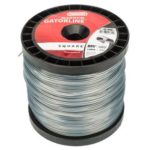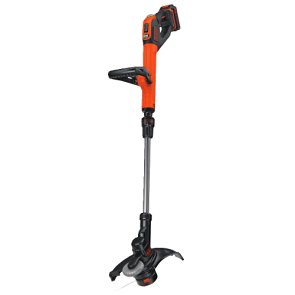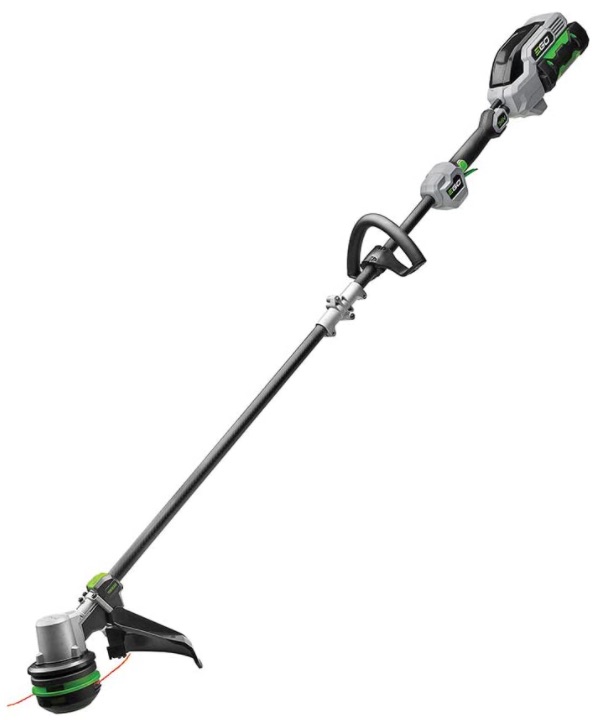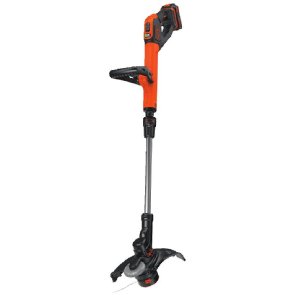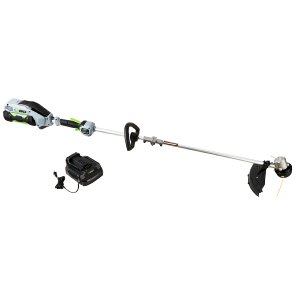Want to know the secret to a well-manicured yard? Use the best trimmer line! Believe it or not, the trimmer line plays a big role in how well and how easily you can get outdoor areas looking groomed and keeping them that way.
It is tempting to think that all trimmer lines are the same, but nothing could be further from the truth. The best trimmer line for one area of your landscape is most likely not the right choice for another section.
We’ll walk you through trimmer line differences and similarities as we highlight some qualities to look for as you shop. Plus, we’ve gone in search of the top trimmer lines and given you an in-depth review of the best three. These will make your gas or electric trimmer hum.
Buying Trimmer Line? Here Are a Few Pre-Purchase Considerations
How cost-effective your trimmer line turns out to be will depend heavily on how quickly it wears and how often you have to purchase more. A factor affecting trimmer line wear and tear is the material it is made from.
The most commonly used materials are nylon and titanium.
- Nylon. The vast majority of trimmer lines are made from hardened nylon. This synthetic material performs well in all trimming situations and rarely disappoints when you step back to look at the results of your efforts. Nylon lines are also cheaper – an added benefit if you are looking for a good bargain!
- Titanium. Having come onto the trimmer line scene in more recent years, titanium trimmer line has shown great promise regarding It exceeds nylon in many areas, being more energy-efficient and durable. Titanium lines allow you to work faster, completing jobs in much less time. While you will have to spend more for lines made of titanium, the cost-over-time is greatly reduced.
What’s Good to Know When Shopping for Trimmer Line?
Trimmer line comes in varying diameters to match the type of work it does and the size required by your trimmer.
- 065 to 0.080 Inches. Use for light work such as on residential lawns with thin weeds. This will be for entry-level trimmers.
- 085 to 0.105. Best for medium work as you would do on large lawns with heavy weeds. Larger cordless trimmers and smaller gas trimmers will use this size.
- 110 Inches or Greater. For heavy work in wide-open spaces that possibly contain heavy weeds and require plenty of trimming. Generally, only large gas trimmers will need this large of line, although large cordless trimmers are getting really powerful and I expect some of them to start using this size as well.
Trimmer line also comes in varying cross-sections (the shape you see when you look straight on at the tip of the line).
- Round. This standard, basic shape is wear-resistant and a staple for light work such as trimming edges on residential property.
- Square. Good for repeated professional use on heavy weeds.
- Multi-Sided. Thick, heavy weeds and large yards call for trimmer line with this shape.
- Twisted. This heavy-duty and efficient trimmer line keeps your trimmer noise level low.
- Serrated. Quick and clean – that’s how this line works on large areas of heavy, thick grass and weeds.
NOTE: The owner’s manual will point out the best diameter and shape of the trimmer line to use with your trimmer. Some trimmers now take specialized line. If you have one of those, you may need to purchase a specific product matched to your trimmer.

